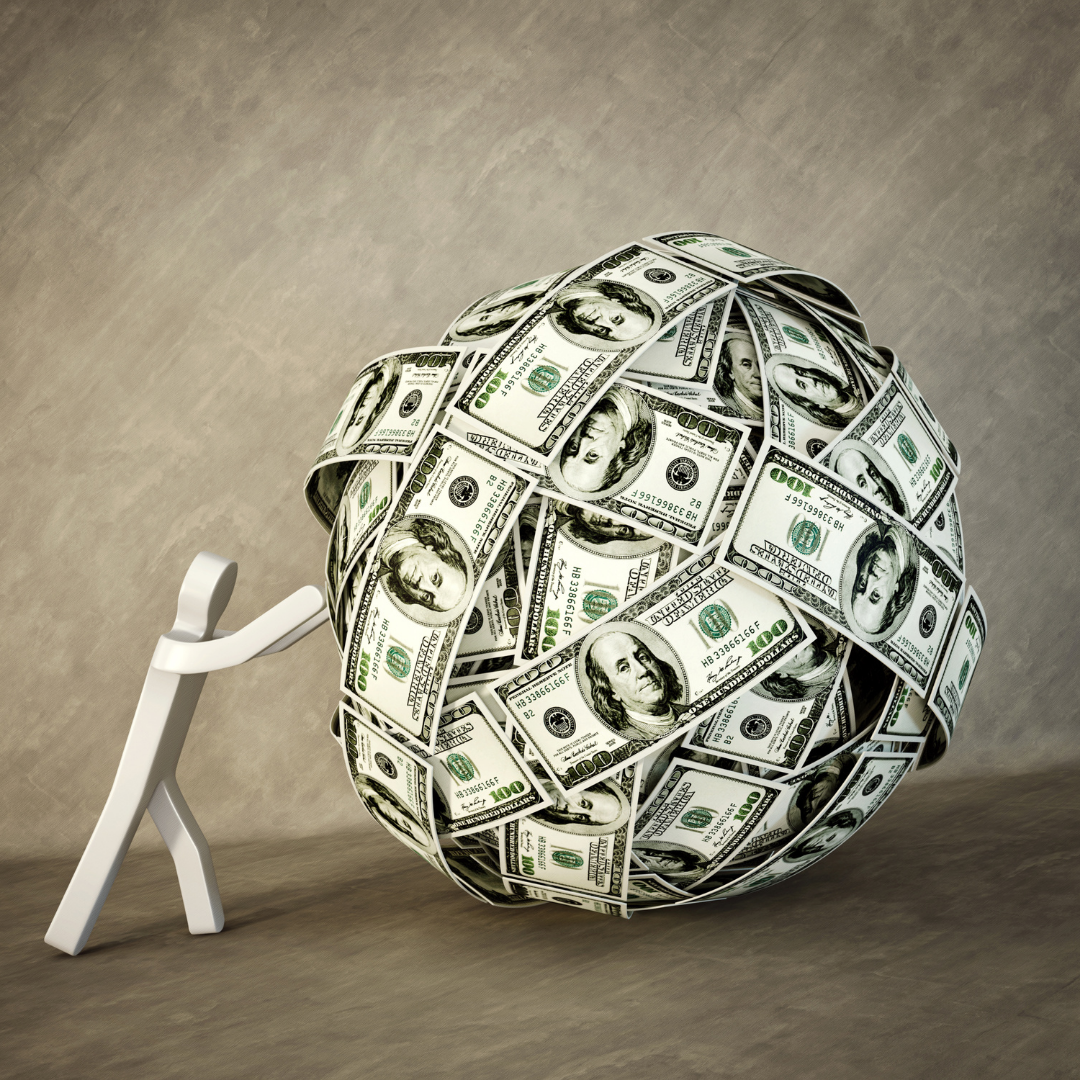Cash Reserves For Rental Properties, How Much Is Enough?

Business cash reserves are a basically an emergency savings account. If you treat your rental property as a business, you should be putting a little aside each month for the unknown. You know, like a pandemic. So how much cash reserves are enough for your rental property? We’ll get to that in a moment.
Why Do Landlords Need Cash Reserves?
- Unexpected vacancies or turnover that takes longer than expected.
- To carry a good tenant facing sudden health issues.
- To cover expenses and missed rent in the event of a fire or flood, or God forbid another pandemic.
- For replacement costs for damaged windows, doors, carpet, or appliances like water heaters, air conditioners, or refrigerators.
- Those unexpected repairs to damaged floors, heating systems, or issues caused by mold or pest infestations, or dry rot.
- Costly capital improvements like a new roof, fence, kitchen, bath, or painting the exterior of your rental property.
As you can see from the examples above, capital reserves carry you through many different circumstances. Had we not had a sizable reserve, we would have been in a very different situation during the pandemic.
How much cash reserves do you need for your rental property?
The basic rule of thumb is much like you should have for your personal reserves, six months of income and expenses in the event you are incapacitated and your income stalls. So that would be six months total of:
- Total income earned by your rental property. This includes monthly rent and income derived from any other sources like washer/dryer coins, additional storage income, parking space income, and concierge services offered to tenants.
- PMI: Property taxes, mortgage, and insurance fees.
- Maintenance and Utilities you provide: Water, gas/electric, trash, landscaper, and/or property manager.
- Expenses you run through your business: Car payments, gas allowances, health insurance, employees, etc.
Two approaches on to how to reach your goal reserve:
Additional Notes
Related Posts
A Caution to AI: The Possibility of Fair Housing Violations in Communication and Payments
Provided by Fair Housing Instutute Technology has fundamentally reshaped the way property managers and their…
June 3, 2025Bed Bugs, Roaches, Termites and Other Things That Bug You
Provided by AAOA Bed bugs were in the news last fall when infestations appeared throughout…
June 3, 2025


The Who, What, When, and Why of Residential Vacancy Insurance - Your Landlord Resource | 13th Jul 21
[…] Cash Reserves For Rental Properties, How Much Is Enough? […]
Make It a Family Affair: How Landlords Can Employ Children for Tax Breaks - Your Landlord Resource | 20th Jul 21
[…] Cash Reserves For Rental Properties, How Much Is Enough? […]